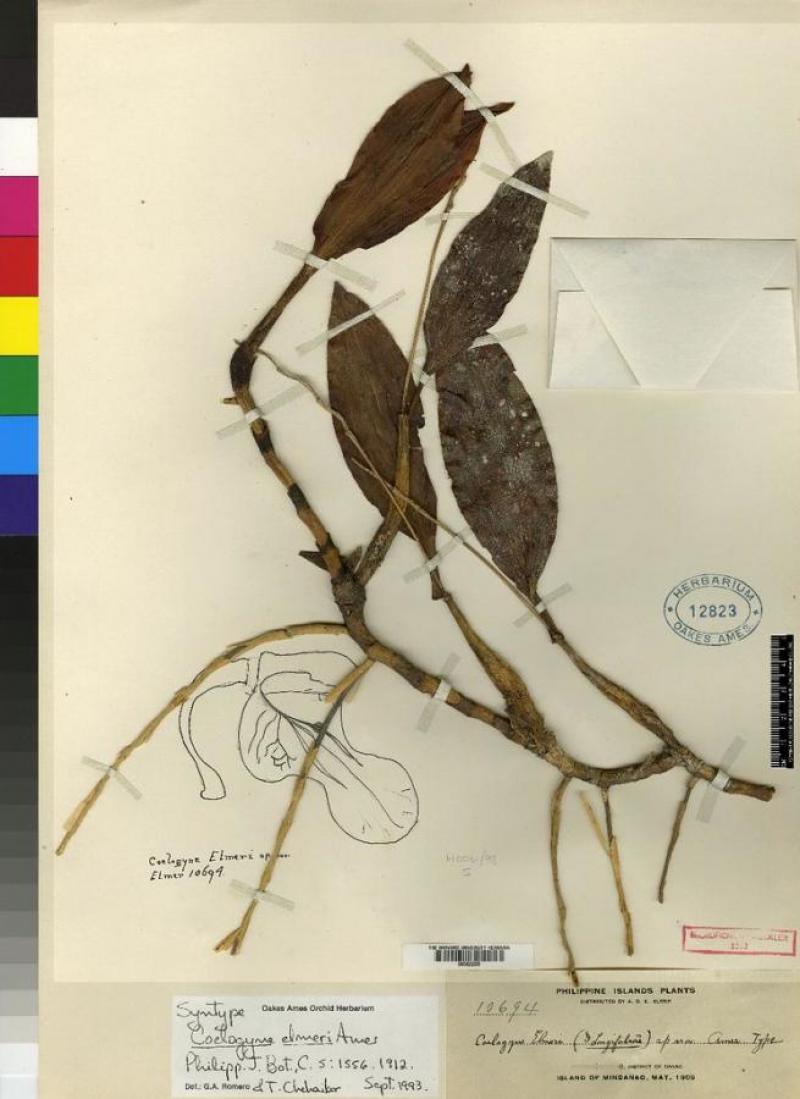Coelogyne elmeri
Native to: Philippines
General Information
Coelogyne elmeri is a sympodial warm growing orchid belonging to the sub family Epidendroideae native to Philippines.
Plant Description
Sympodial. Grows to 4-10cm. Each new growth has numerous leathery elliptic, lance shaped leaves that grow to 2-13cm long. Pseudobulbs grow to 7cm. The plant tends to climb or sprawl with each new growth
Substrate(s)
- Coarse
- Medium
- Fine
- Bark
- Charcoal
- Treefern
- Spaghnum Moss
- Perlite
Climate
Grows at high elevations. Rainfall ranges from 23mm to 1161mm per day, heaviest in August and lightest in January. Humidity ranges from 83% to 93%, highest in July and lowest in January. Temperature ranges from 16C to 28C, highest in April (19C to 28C) and lowest in January (16C to 24C).
Watering
These orchids prefer a wet-dry cycle between waterings, they should be watered frequently but only when the moisture is approaching dryness, where the pot feels light and/or the media looks dry. Keep an eye on mounted orchids in warm weather as they may dehydrate quickly.
Fertiliser
Apply liquid based fertiliser per recommended directions. They can benefit from a high phosphate fertiliser leading up to flowering season, followed by a high nitrogen fertiliser when new growth appears, and a balanced fertiliser in other times. These orchids can also tolerate slow release fertiliser applied 1-2 pellets per cup (250ml) of media.
Use balanced fertiliser during Spring and Summer. Be sure to flush out excess fertiliser by running water through the media regularly year round. Apply fertiliser regularly at half strength year round. Use a high Nitrogen fertiliser during Spring and Summer. Use a high Phosphorous fertiliser during Summer.Potting
This plant does very well in baskets or suspended pots Repotting is best done annually.






